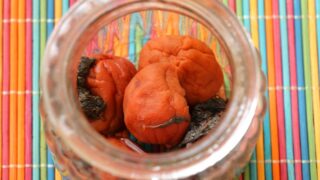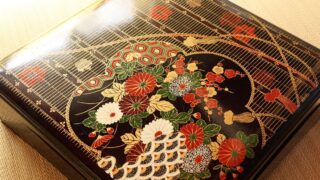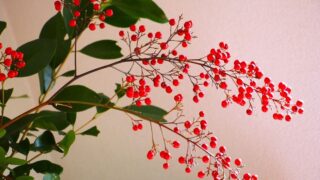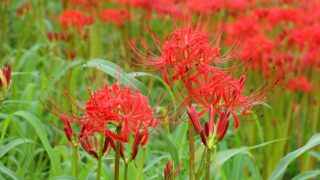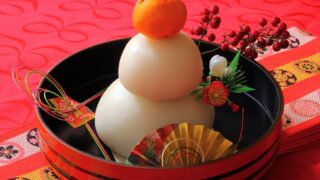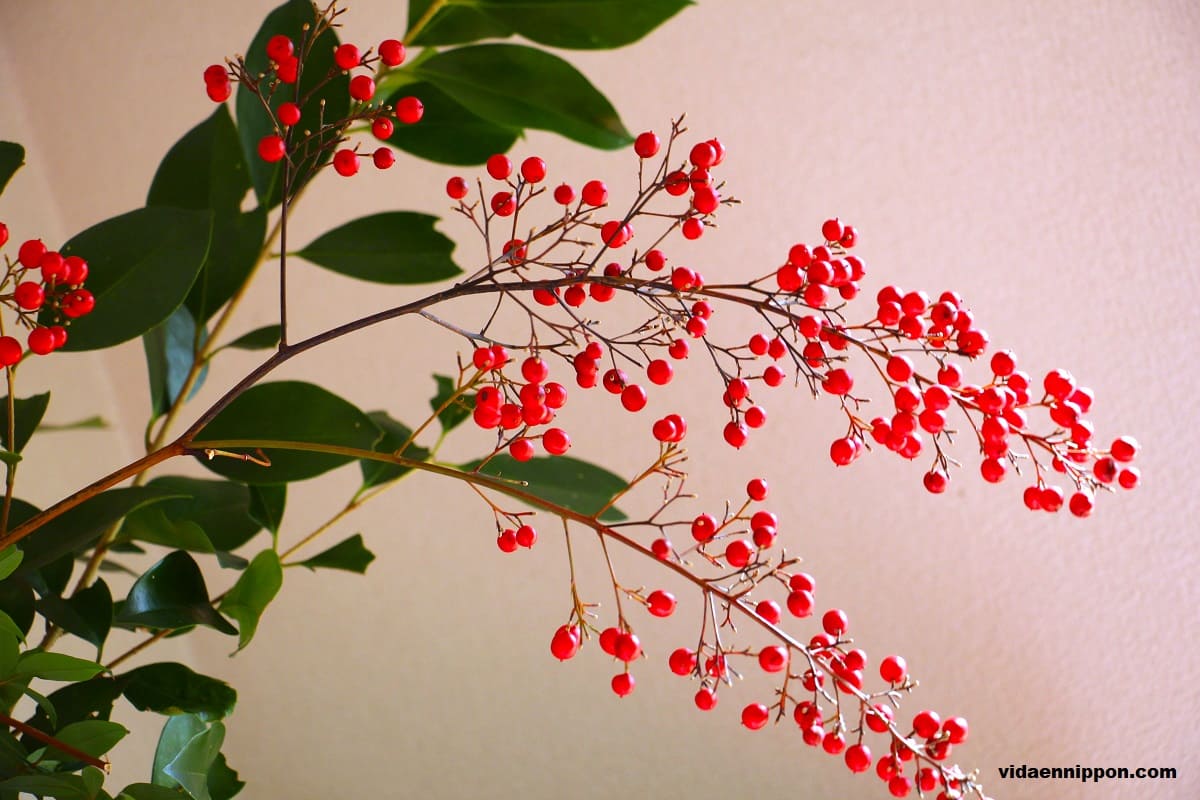New Year’s is a special time in Japan, marked by various customs and traditions that celebrate the beginning of a new year. One of the essential elements of Japanese New Year decorations is the use of symbolic plants. Each plant carries specific meanings and wishes, such as health, prosperity, and longevity. In this article, we will introduce five traditional plants used in Japanese New Year decorations, helping you bring a touch of Japanese culture into your home and welcome the new year with good fortune.
Traditional New Year Plants in Japan and Their Significance
Japanese New Year decorations often feature plants that are rich in symbolism and bring good luck. These plants are more than just decorative; they represent hopes and wishes for the coming year. Here, we’ll explore five popular plants used in Japanese New Year celebrations.
Pine (Matsu/松)

Pine, a symbol of longevity and resilience, is a staple in Japanese New Year decorations due to its evergreen nature. Often displayed in pairs as part of “kadomatsu” (gate pine), pine branches are believed to ward off evil spirits and bring prosperity. The plant’s enduring green leaves represent strength and vitality, making it an ideal choice for welcoming the new year.
Bamboo (Take/竹)

Bamboo is another prominent plant in Japanese New Year decorations, symbolizing growth, flexibility, and prosperity. Its rapid growth and strong, upright nature make it a perfect representation of resilience and integrity. Often combined with pine in kadomatsu, bamboo’s hollow stems also signify an open mind and humility, essential virtues for a successful year ahead.
Plum (Ume/梅)

Plum blossoms are admired for their ability to bloom in the cold of winter, symbolizing endurance, hope, and the renewal of spring. As part of the “shochikubai” (pine, bamboo, and plum trio), plum blossoms add a touch of elegance and fragrance to New Year displays. Their ability to thrive in harsh conditions makes them a powerful symbol of overcoming adversity and celebrating new beginnings.
Nandina (Nanten/南天)

Nandina, often called “heavenly bamboo,” is a plant associated with turning misfortune into good luck due to a play on its name, which sounds like “changing difficulty” in Japanese. Its bright red berries add a vibrant splash of color to winter landscapes, making it a popular addition to New Year decorations. Nandina is also believed to protect households from bad luck and bring health and safety to the family.
Japanese Ardisia (Senryo/千両) & Coralberry (Manryo/万両)
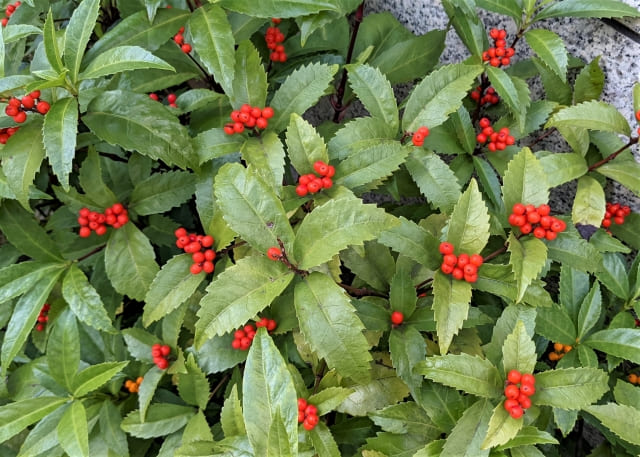
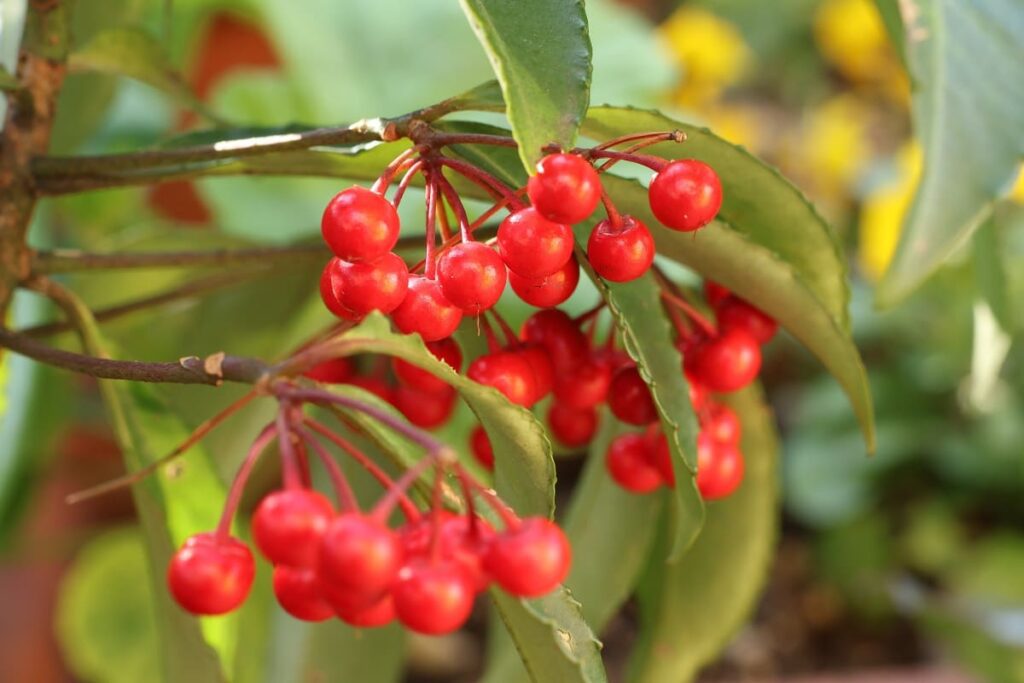
Japanese Ardisia (Senryo) and Coralberry (Manryo) are known for their bright red berries and are symbols of prosperity and wealth. Their names, meaning “thousand ryō” and “ten thousand ryō” respectively (ryō being an old currency unit), associate them with wishes for financial success. Displaying these plants in your home during the New Year is believed to bring wealth and abundance in the year to come.
Tips for Incorporating Plants into New Year Decorations
Incorporating plants into your New Year decorations can add a touch of tradition and symbolism. Here are some tips to ensure your displays are both beautiful and meaningful.
Choosing the Right Place

When displaying New Year plants, it’s important to place them in areas of the home where they can be appreciated and will attract good fortune, such as the entrance or living room. In Japanese tradition, positioning decorations in the north or east can help attract positive energy, enhancing the auspicious nature of your setup.
Tips for Keeping Plants Fresh
To keep your plants looking fresh throughout the New Year period, make sure to water them regularly and keep them away from direct heat sources. For pine and bamboo, maintaining adequate humidity can help them retain their vibrant appearance. Be gentle when handling plants with berries, such as nandina and senryo, as their fruits can be delicate and prone to dropping.
Plants to Avoid in New Year Decorations
While choosing plants for New Year decorations, it’s best to avoid those that are associated with bad luck or negative connotations, such as thorny plants or dried, withered branches. Opt for vibrant and healthy plants to convey the right message of renewal and prosperity.
Q&A
- QWhen should I start decorating for New Year’s in Japan?
- A
Traditionally, New Year decorations are put up around December 28th, as the number 8 is considered auspicious in Japan. They are usually taken down by January 7th, marking the end of the New Year’s season.
- QHow should I dispose of New Year’s decorations?
- A
Decorations are often taken to a shrine or temple to be burned in a ritual called “dondo-yaki,” which purifies the decorations and ensures that they are respectfully retired. If this is not possible, you can dispose of them at home, but it’s customary to do so with gratitude.
Conclusion
Japanese New Year decorations are rich in tradition and symbolism, with each plant carrying wishes for a prosperous and healthy year. Whether it’s the steadfast pine, the resilient bamboo, or the hopeful plum, these plants not only beautify your home but also bring positive energy as you welcome a new beginning. By incorporating these traditional elements into your New Year celebration, you can create a festive atmosphere that honors the deep-rooted customs of Japanese culture.
ersion introduces the significance of the plants in a way that’s accessible and informative for an international audience, while still preserving the essence of the original article.

